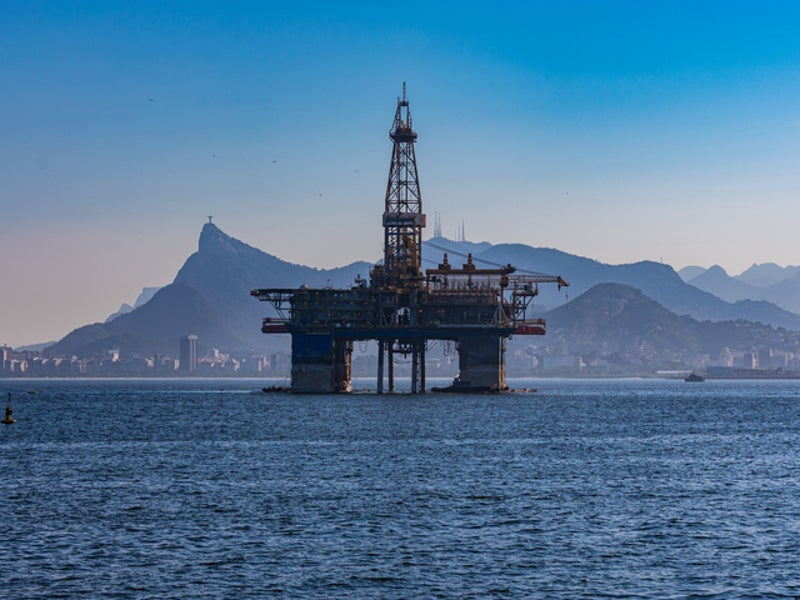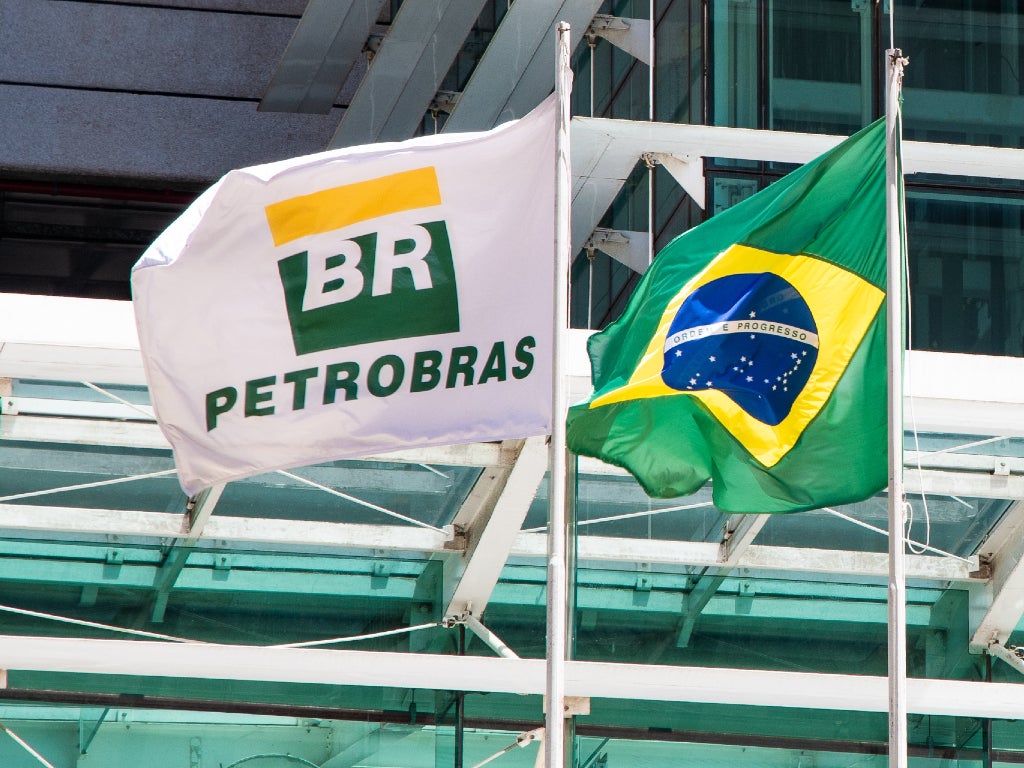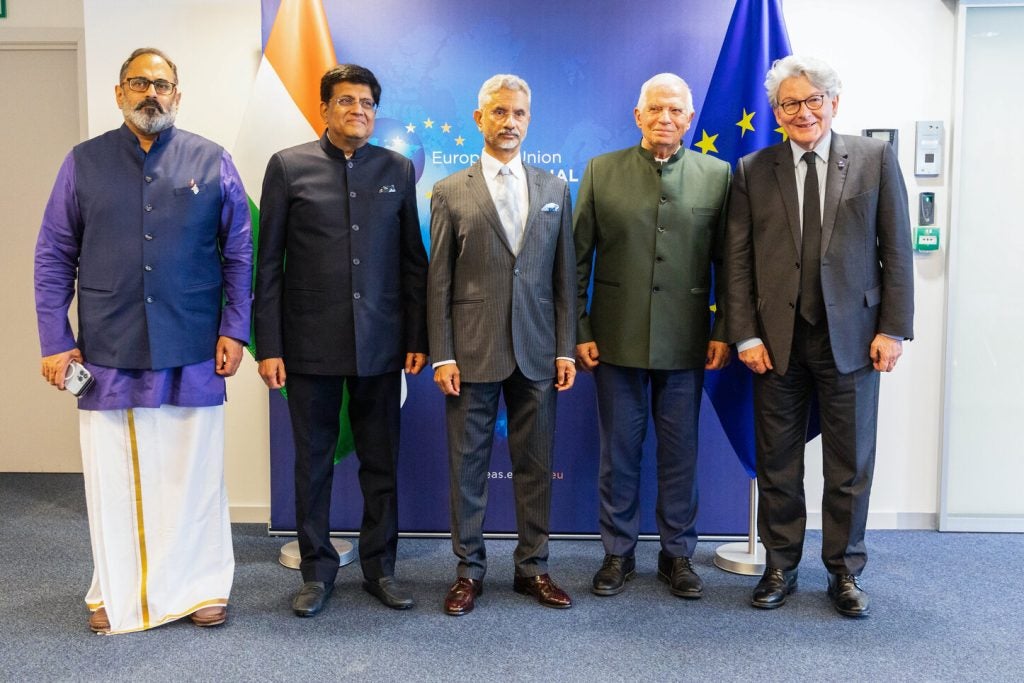
China National Petroleum Corp (CNPC) and state-owned Brazilian producer Petrobras, completed their first oil exploration test of a deepwater field in Brazil’s Santos basin.
Well Gura-1, a large oil field in the Santos basin, represents a “significant accomplishment” in CNPC’s foreign deep-water oil and gas exploration.
The discovery lays the groundwork for further exploration and appraisal by confirming the block’s resource potential and development prospects.
The Santos basin, Brazil’s largest offshore sedimentary basin, spans over 350,000 square kilometres. It reaches from Cabo Frio, Rio de Janeiro in the north-east, to Florianopolis, Santa Catarina in the south-west.
After being invited to bid on the project in November 2019, the partnership of Petrobras and CNPC obtained the rights to develop the Aram block in the basin. Petrobras holds 80% of the stakes, while CNPC holds 20%.
According to the Global Times, the well made a significant exploration discovery in November 2021. This confirmed the oil-bearing interval of the field through wireline logging and fluid sampling. The well Gura-1 completed a phase test and achieved high-yield oil flow on 16 October 2022.
According to the company’s latest financial report, CNPC’s listed unit PetroChina reported a 60% increase in net profit to $16.6bn in the first three quarters compared to last year. Revenue increased by 31% to $338.5bn due to international crude prices.
Petrobras discovered oil in the co-participated area of Sépia offshore Brazil last month.
The well was dug at a water depth of around 2,200 metres, according to TotalEnergies, Petrobras’ partner in the area. The net thickness of the well’s oil column is one of the thickest ever measured in Brazil.





